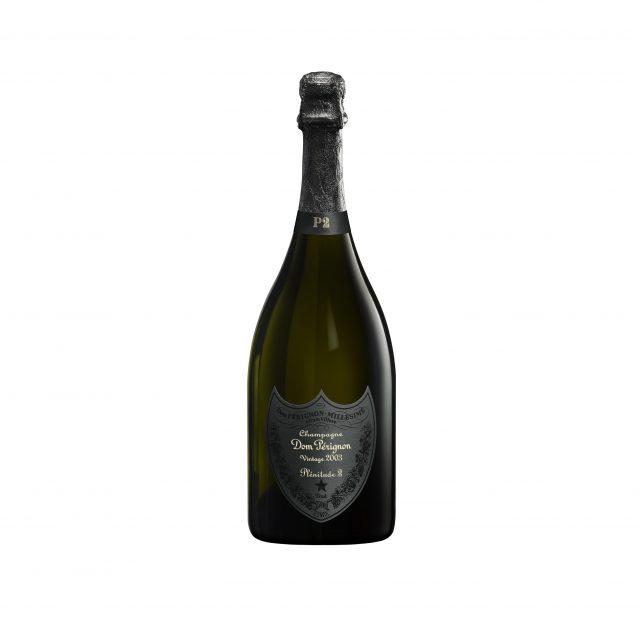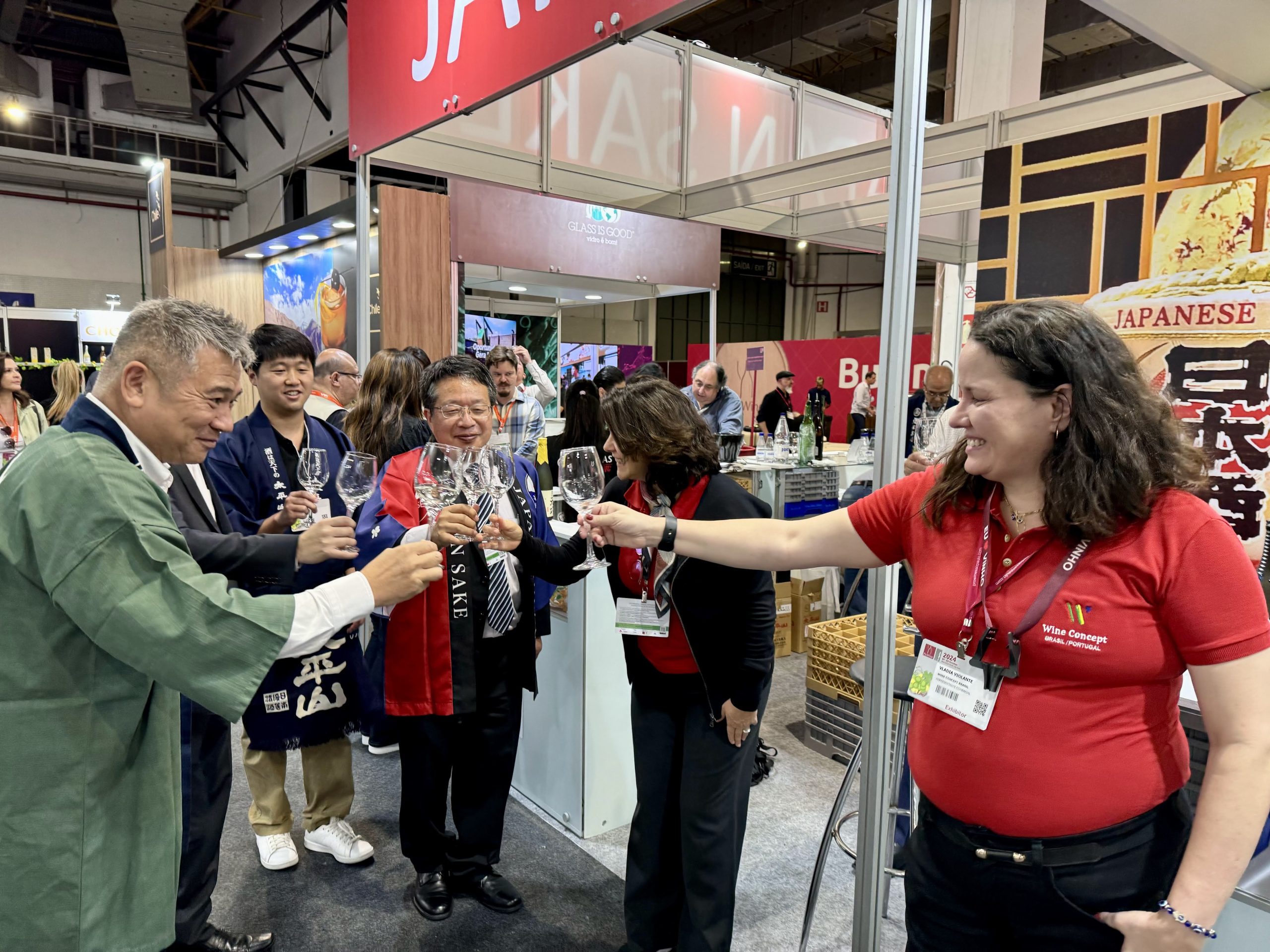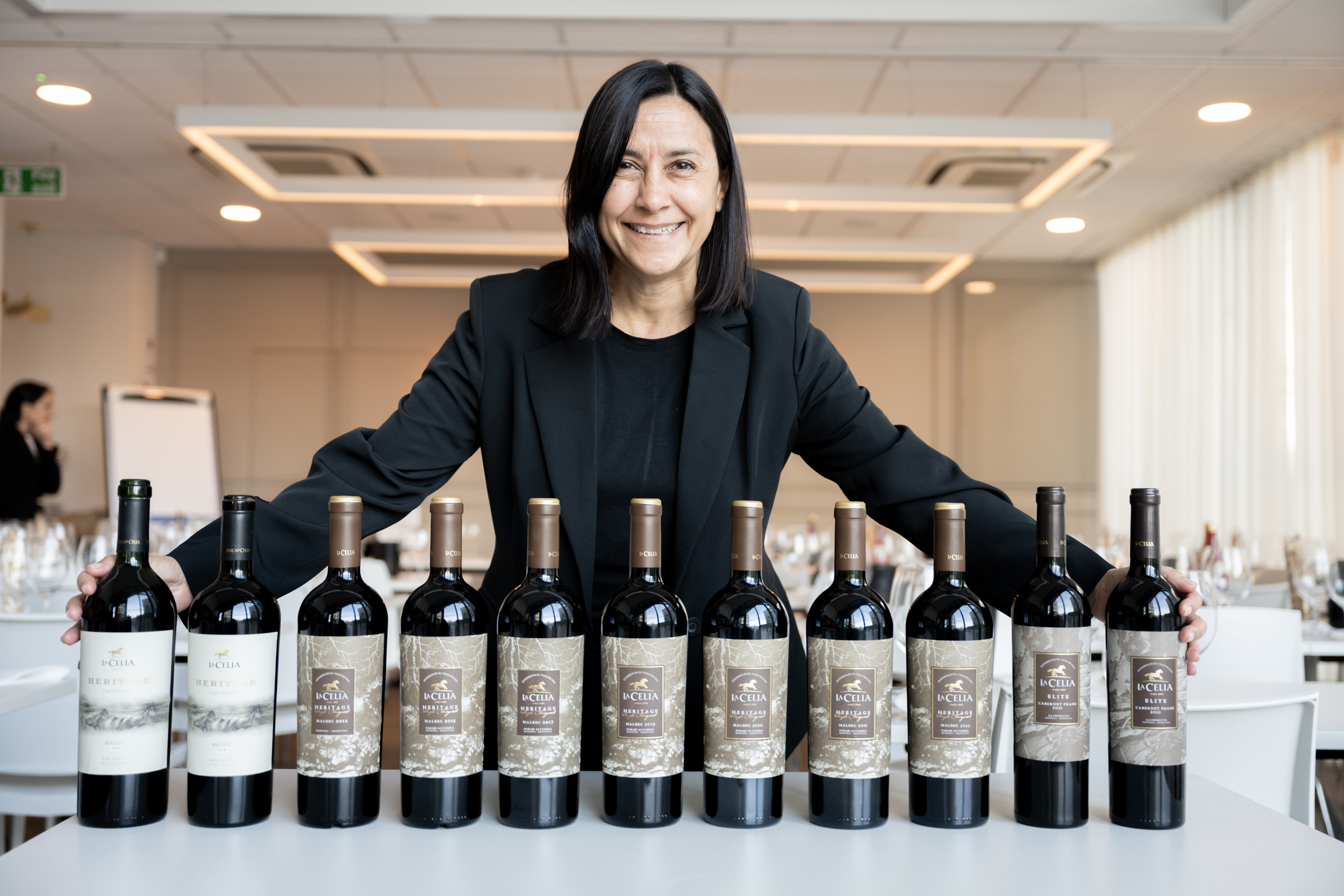Were the wine critics wrong about 2003 in Champagne?
By Patrick SchmittWere the wine critics too quick to dismiss the age-worthiness of the heatwave 2003 harvest in Champagne? Dom Pérignon “reopens the debate” with a late-release from the vintage this month.

For those who follow their Champagne vintages closely, it will be well-known that 2003 was an anomaly in the region for two key reasons, both related to the weather.
A year of climatic extremes, 2003 started with a severe spring frost that damaged the early-budding Chardonnay vines in particular, before the region – and the rest of Europe – experienced an unusually hot and dry summer.
These two factors combined to bring about exceptionally low yields in 2003 – across the appellation it was 8,256kg of grapes per hectare, which was almost 50% lower than the 12,000kg/ha average for that decade.
The small crop and hot summer also made the vintage notable for its early harvest start date – with picking beginning on 25 August, 2003 was the earliest since 1822.
Finally, the vintage became famous for producing wines with a very ripe, almost exotic flavour profile by Champagne standards, along with a relatively low level of acidity, leading to a belief from critics that the wines from this harvest would not be suitable for vintage releases – that is, Champagnes destined for long ageing.
Indeed, Jancis Robinson MW, writing in March 2006 on her website about vintage Champagnes “to buy and drink”, commented that “The heatwave summer of 2003 was too hot to produce Champagne of vintage quality.”
One of the first releases of single harvest Champagnes from this anomalous vintage was ‘2003 by Bollinger’, which, in 1 June 2007, she noted was “more like frothy pop than Champagne”, when reviewing sparkling releases in The Financial Times.
However, as previously reported by db, the image of the vintage was revised in the past decade due to 2003 releases from great houses such as Dom Pérignon and Krug.
Dom Pérignon cellar master Richard Geoffroy described 2003 as “a ripe, controversial vintage,” in 2012, but said that earlier picking “made the vintage”, adding, “It’s the closest to a still wine in the history of Dom Pérignon. People said it wouldn’t last but the opposite is true; it’s ageing more slowly than the others.”
While Olivier Krug, launching the 2003 from the house in early 2014, said it “was by far the most scary vintage in my 25 years working for Krug”, but, expressing his believe in the ageworthy-ness of the Champagne from such a ripe (and consequently low-acid year) said it will go on comfortably “for a hundred years”.
Similarly, defending the reputation of this hot, frost-hit year, Roederer cellar master Jean-Baptiste Lécaillon told the drinks business in 2012 that the house had made blanc de blancs, rosé and brut vintage styles from 2003.
“We liked the richness and creaminess of the wines,” he said, adding, “You have plenty of examples in Champagne of low acidity vintages that aged very well: 1947, 1959, 1976.”
Then, in 2016, Bruno Paillard described 2003 as a “great vintage” in Champagne that “ranks alongside 2002” when launching his 2003 NPU from his eponymous house.
“If you work with great care then you can create great things in 2003; 2003 was criticised by some houses who did not manage the vintage properly, but great things are possible in 2003,” he said.
Moving forward to 2021, the debate surrounding high-priced, vintage Champagnes from the controversial heatwave 2003 harvest has once again been re-opened, with the launch of the Dom Pérignon’s late-release expression from 2003, called P2.
Speaking from Champagne earlier this month, Dom Pérignon cellar master Vincent Chaperon recalled the specifics of the 2003 vintage, commenting that there were as many as three weeks in August when temperatures were over 30 degrees Celsius, with little change to the level during the night, while noting that the “very aggressive frost” had “destroyed 70% of the potential harvest in Chardonnay in the Côtes des Blancs”.
He said, “The low quantity of grapes due to the frost and the super warm climate meant we had wines that were super ripe and super concentrated, and, when we declared the vintage, we were criticised.”
Noting that the “debate” over the quality and ageing potential of the 2003 vintage has rumbled on since Dom Perignon’s first release of an expression from the harvest a decade ago, he said that he was “happy to come back to this debate”, with a 2003 expression that has seen an additional 10 years maturing in the producer’s cellars.
Partner Content
However, he also said that the debate would not end with the P2 2003.
“We are not putting a dot to it [the debate], because the wine is still changing,” he said, suggesting there will be another release of Dom Pérignon 2003 in a further decade, presumably as its even older expression, called P3.
As for the P2 that was shown to the UK press earlier this month, he said it was “so creamy, so intense; it is a physical wine, it is vertical, massive, with gravitas.”
Looking back, he said that it was a year when Dom Pérignon had to react quickly to produce a wine good enough to be released – the producer only makes vintage Champagne.
This meant picking quickly and early, having sampled the grapes on August 15 and realised that the bunches would need harvesting in five days when “nobody was in Champagne” as they were on their summer holidays.
Furthermore, due to the concentrated nature of the berries in this low-yielding heatwave vintage, Chaperon said that there was “too much” phenolics and tannins, so “we let the juices oxidise in the press machine to get rid of part of the tannins, when normally we would protect the juices.”
Finally, Dom Pérignon “took the risk to put 62% Pinot Noir into the blend, which is the maximum difference between Chardonnay and Pinot Noir we have ever had,” he recorded.
The resulting Champagne he said had “pushed the boundaries of the Dom Pérignon universe”.
But what has been the impact of a further 10 years ageing for 2003 Dom Pérignon compared to the first vintage release in early 2012?
Chaperon said, “P2 is more Dom Pérignon, so if Dom Périgon is harmony, then there is more harmony in P2 2003, and it is the same for intensity, and complexity.”
Continuing, he commented, “The second difference is that the freshness is obviously vibrating at a higher level in P2, because the lees are protecting the wine from oxidation.”
Providing a third element, he added, “The P2 has an additional texture… it has more creaminess, it is a bigger expression on the palate; it is a wine that is unfurling, wider, deeper, longer, and if I was to describe it in one word, P2 [2003] is simply ‘more’.”
From my perspective, the P2 2003 proves that it’s possible to produce rich, ripe, balanced, delicious, and long-lived Champagne from a hot, low-yielding year, but at a price – the fine releases from this year have all required rigorous selection of the berries to produce small quantities of great, but expensive Champagnes. For example, the late-release Dom Pérignon will retail for over £300 when it goes on sale next month.
I had already arrived at this conclusion in 2019, when Champagne Palmer released a wonderful, toasty, lively, vintage expression from the 2003 harvest, with more than 15 years on the lees, at a cost of £300.
Called ‘Grands Terroirs’ it was named to reflect the quality of the vineyards that yielded exceptional grapes in this challenging vintage, and was released in magnums only, a format that tends to slow down the ageing process of Champagne due to the reduced potential of oxygen ingression relative to the quantity of wine held in the bottle.
As for my further thoughts on the Dom Pérignon late-release 2003, my tasting note can be seen below.
Vintage 2003-Plénitude 2
- The blend: Pinot Noir 62%, Chardonnay 38%
- The dosage: 5g/l
- The disgorging date: September 2019
- The release date: Available in UK retailers from 1 July
- The RRP: £335
- The taste: A Champagne bursting with enticing, rich, and aged aromas, from grilled nuts, to honey, dried apricots to citrus zest and freshly ground coffee. In the mouth it is a fascinating wine of contrasts, with on the one hand a round, creaminess, with flavours of apricot and white peach, honey and hazelnut, and on the other, a linear edge, with notes of gently bitter orange, chalk, toast, and a touch of dry, fine, tannic grip – a complementary if surprising set of characters after such a concentrated and soft core. In essence, this is one of the most delicious Champagnes I have been lucky enough to drink; it is an exciting and indulgent form of exotic, powerful, full-on refreshment.




